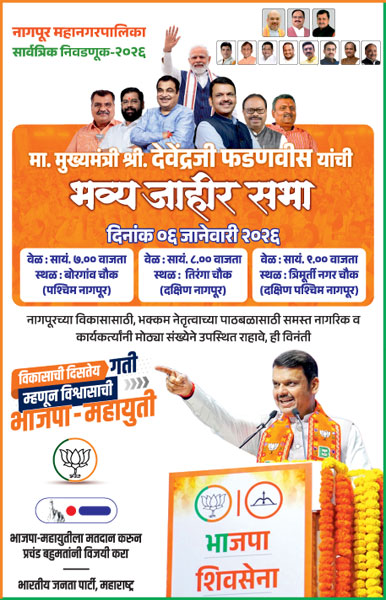Nagpur: As Nagpur is witnessing festive days of Navratri, the prices of food essentials, especially tur dal, have skyrocketed to new high. Tur dal has now completely disappeared from poor man’s platter while the average middle class is struggling hard to maintain this basic food into their thali.
Ironically, the chicken, which were once said to be luxury food in age old Hindi saying -”ghar ki murgi dal barabar”, is selling cheaper than tur dal. The proverb draws comparison between dal and chicken, considering the latter as food. On the contrary the chicken currently costs Rs 120 a kg in Nagpur whereas tur dal is fuming the pockets at Rs 185 a kg.
Tur whole is costing 13,000 a quintal to a miller at Nagpur after including the transportation expenses. Supplies of indigenous tur have dried up, said Pratap Motwani of the Itwari Grain and Seeds Merchants Association. “Corporates dealing in foodgrains have also amassed huge quantities. Many have booked forward contracts on ship load basis at cheaper rates. Such operators are going to make windfall profits this time,” said Motwani.
Sheela Kotecha, a house-wife said, “We are basically non-vegetarian family but the growing prices of dal have led us to often indulge in eggs. This way we have alternative lunch as there is no other way to maintain your household budget in such crucial times of inflation.”
On Monday, the prices of tur dal reached at Rs 185/kg. This time, wholesale rates are more than the retail side, as prices have spiralled much before many retailers could exhaust their existing stock. Further increases in the rates cannot be ruled out, say market sources.
Arvind Shukla, an IT professional is facing tough time striking the balance in monthly household expenses. “My monthly vegetables and grocery bills have gone considerably up, and I cannot find any option but to stick to chicken as an alternative meal.”
However not many can conveniently add chicken as their daily or oftenly main course, especially during Navratri.
“Its the time to observe fast. We usually eat one meal in the evening after a day long fast. We cannot opt for non-veg food during such pious season. Under such circumstances, forget about feasts, even we cannot have the privelege to have enough dal or sabji. This really pinches,” said Malti Pawar, a housewife who husband is a peon at a government office.
Experts say that the recent spurt in tur dal prices is because rates of imported tur-whole (unprocessed pulses) have gone up by another 1,000 a quintal, touching 12,500 as markets opened on Monday. The effect was passed on to the domestic market by dal millers, who process it to edible form. Sources in the business say importers are making a killing these days.
Traders say there is hardly any domestic stock left and the entire dependence is on imports from Myanmar and Africa. Even as fresh supplies are expected by December, traders in this commodity say it is quite uncertain if the arrivals may lead to any major relief. The pulses’ crop is estimated to be down by 30% so the rates may still be on the higher side, after easing a bit, say sources.
Though India is the largest producer of the commodity yet it does not grow enough to meet the demand. India depends on imports to meet the gap.
Motwani, who represents local traders, said the small and medium businessmen do not have any competitive advantage and curbs like limits on stocking also hampers their operations. There is no cap on stocking for the corporate players.
Prices of other variety of pulses, which had gone up too, have now settled. Urad dal prices appear to be steady at 160 to 180, say traders. However, tur dal has pulled rates of the lower varieties of pulses too. Lakhodi dal, which was in the range of 29 to 30 a kg last year is now 42 a kg, chana dal (peas) is 65 to 75 from 55 to 65 a kg previous year and masoor dal is up by 20 at 80/kg, said Motwani.













